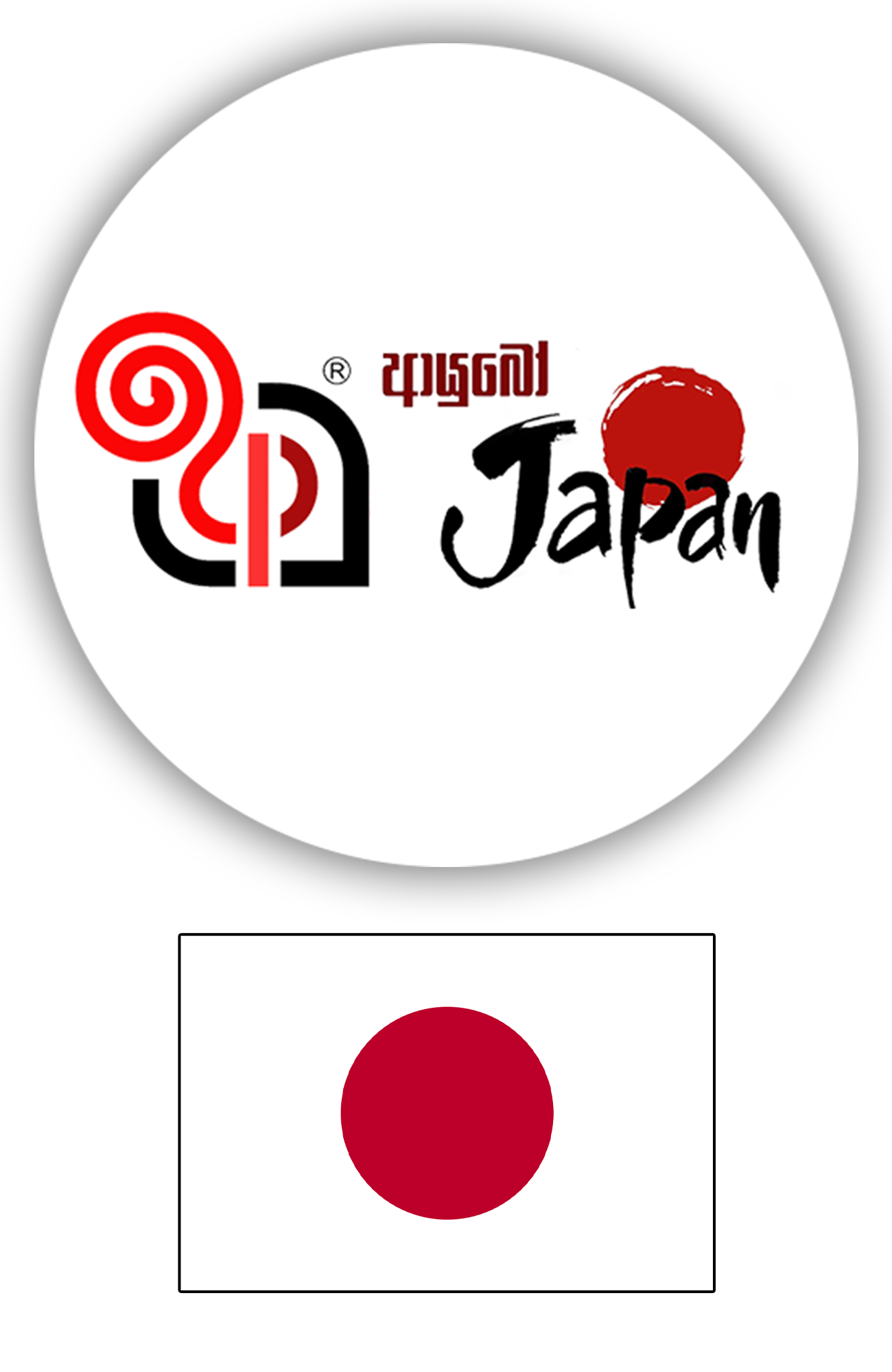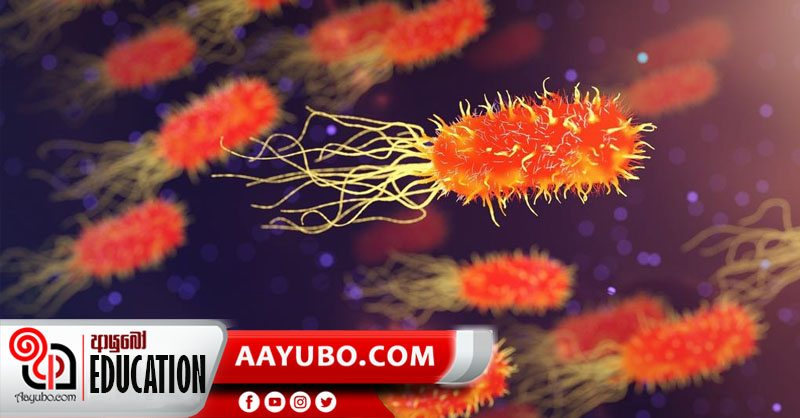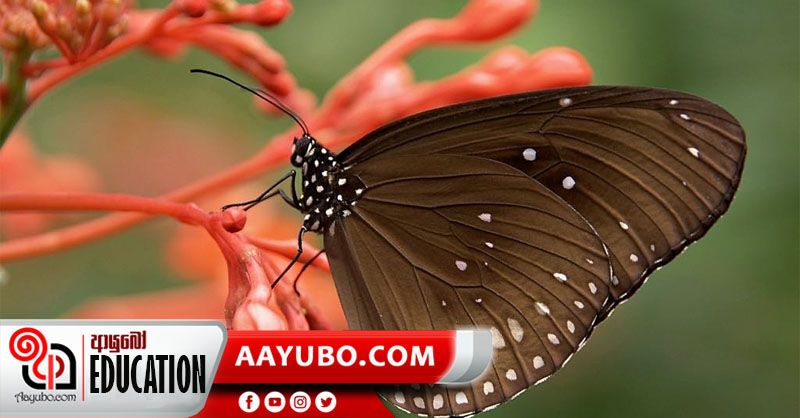Grade 10 Science: The Nervous System

Hi everyone! This article focuses on the nervous system of the human body.
We know that our body has a series of reactions to the internal and environmental changes. For the above reactions to occur, it is important that the coordination between receptors or sensory organs and the muscles and glands (effectors) takes place. Similarly, we can call the coordination and the regulation of the functions of the body by the nervous system as the nervous coordination.
The human nervous system can be elaborated under two major systems; the central nervous system and the peripheral nervous system.
The central nervous system is well protected mainly by the bones within the human body. The brain and the spinal cord are the main organs of the central nervous system. The brain is also composed of parts such as the Cerebrum, Cerebellum and Medulla. The skull and the spinal which are made with bones protect the brain and the spinal cord respectively. These bones ensure that the respective organs are safe from physical injuries. Moreover several layers of connective tissues called meninges filled with cerebrospinal fluid protect the brain and the spinal cord. This fluid is entrusted with several functions like the absorption of shocks, supply of nutrients and the prevention of microbial infections from attacking the central nervous system.
The parts of the central nervous system namely, the brain (consists of the Cerebrum, Cerebellum, Medulla) and the spinal cord are entrusted with many functions. The brain is an organ that controls all the functions of the body and it acts as the command center of the nervous system. The cerebrum which is also called the cortex, regulates or controls the higher brain functions like thought, intelligence and the interpretation of senses. The cerebrum also controls the muscle movements that are done with an intention/ the voluntary movements. This is also the largest part of the brain. The cerebellum which is located under the cerebrum, controls, coordinates and maintains the posture, muscle movements and the balance of the body. The medulla is entrusted with controlling the involuntary functions that don’t occur with an intention. (Example: breathing, body temperature, sneezing, coughing, heartbeat, digestion, vomiting and etc.). The spinal cord is responsible in relaying messages between the brain and the other parts of the body.
The peripheral nervous system consists of all the nerves that are present outside the central nervous system (the brain and the spinal cord). This consists of 12 pairs of cranial nerves and 31 pairs of spinal nerves. The cranial nerves arise directly from the brain and the spinal nerves arise from the spinal cord. This facilitates movements and behaviors that are complex in nature by connecting the central nervous system to the organs, limbs and the skin. Impulses; the electrical signals that move along the nerves in the human body are being transmitted from the receptors or the sensory organs to the central nervous system by the peripheral nervous system. Moreover, it transmits the impulses from the central nervous system to the effectors (muscles and glands)
It is essential to protect the brain and the spinal cord as they act as the most important organs of the body and our nervous system is quite delicate. A balanced and a nutritious diet is essential for this and children must be protected from accidents. Pregnant mothers must be well nourished and take the required vitamins and minerals as it affects the physical and mental growth of the embryo. Correct posture must be maintained during sports, exercises and activities that involve lifting of weights. Proper management of mental stress and getting sufficient sleep and rest will also help to protect the nervous system.
by Mekhala Egodawele
Photo Source : Internet
1313 Views







Comments